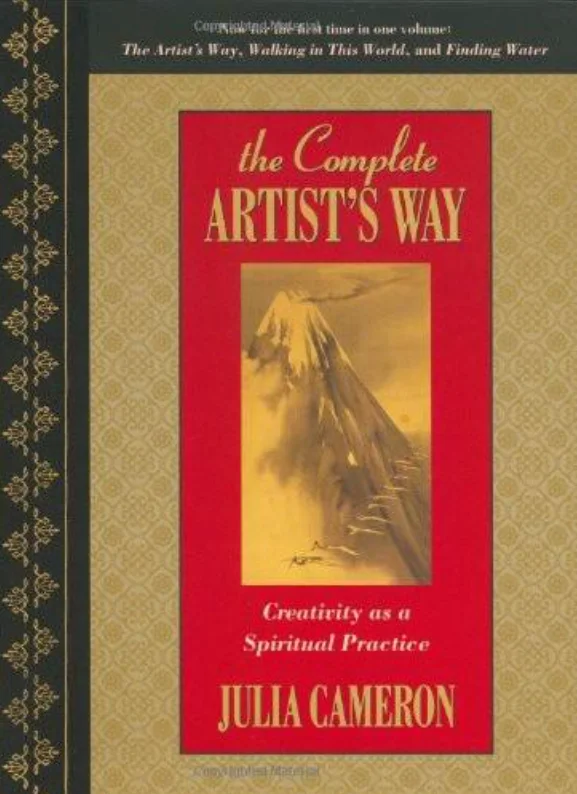
Most of us have no idea of our real creative height. We are much more gifted than we know. My tools are simple. The time commitment is small. The results, in my experience, are large. The morning pages mapped in this book are the primary tool for the creative recovery. Every day, set your clock one-half hour early; then get up and write three pages of longhand, stream-of-consciousness morning writing. There is no wrong way to do morning pages. These daily morning meanderings are not meant to be art.
The Artist’s Way” is Julia Cameron’s groundbreaking 1992 book that presents a 12-week program designed to recover and nurture creativity in anyone who engages with its process. Far more than a typical self-help book, it has become a cultural phenomenon that has helped millions of people worldwide break through creative blocks and rediscover their artistic voices across all disciplines.
Cameron’s fundamental premise is revolutionary yet elegantly simple: creativity is our natural state and blocks are not the result of laziness, lack of talent, or insufficient discipline but rather of accumulated fear, self-doubt, and negative conditioning. The book emerged from her personal journey recovering from alcoholism and a devastating divorce from filmmaker Martin Scorsese, during which she developed these techniques while teaching other blocked artists.
At the core of the program are two non-negotiable daily practices: Morning Pages and the Artist’s Date. Morning Pages consist of three longhand pages of stream-of-consciousness writing done immediately upon waking – not meant to be art but rather a clearing of mental clutter, allowing creativity to flow. Cameron describes them as “spiritual windshield wipers.” The Artist’s Date is a weekly solo excursion to nurture one’s creative consciousness – anything from visiting a museum to watching a sunset or browsing a hardware store – essentially “filling the well” of creative inspiration.
Each week tackles a different aspect of creative recovery – from examining negative childhood messages to addressing perfectionism, fear, envy, and creative droughts. Cameron blends psychological insight with spiritual principles, drawing on concepts of a higher power she neutrally terms “the Creator” while keeping the approach accessible to people of all beliefs or none. Each chapter includes insightful essays and concludes with practical exercises called “tasks” – ranging from listing creative champions and antagonists from one’s past to symbolic acts like creating an altar to one’s creativity.
Throughout, Cameron addresses common obstacles with compassion and firmness: “Anger is fuel. We feel it and we want to do something. Anything. So we write.” She tackles the myth of the tortured artist, asserting that “creativity flourishes in an atmosphere of safety and acceptance,” not from pain and drama.
Cameron’s tone combines the roles of therapist, spiritual guide, and firm but loving taskmaster. She anticipates resistance (“One of the most difficult tasks an artist must face is a commitment to creative recovery”) and normalizes the emotional rollercoaster of growth. Week 7 often brings a crisis she calls “encountering the keeper of the gate,” when deep-seated resistance emerges as the process uncovers genuine creative potential.
The final weeks focus on recovering a sense of autonomy, identity, and power, with Cameron guiding readers to recognize and overcome remaining blocks. The book concludes not with an ending but a beginning – emphasizing that creative recovery is an ongoing journey rather than a destination.
“The Artist’s Way” revolutionized creativity literature by treating blocked creativity as a spiritual issue requiring spiritual solutions. Its enduring impact stems from its practicality – offering concrete tools rather than abstract theory – and its compassionate but uncompromising approach to helping readers reclaim their creative birthright.